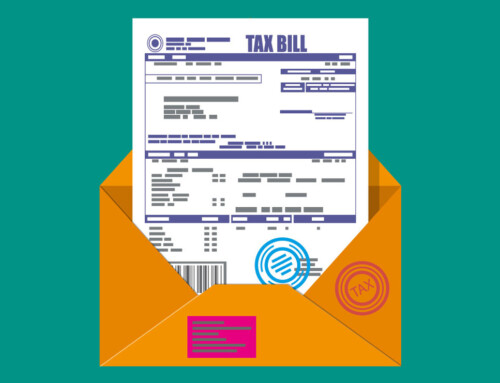Contents
Introduction
If you are a lawyer or a paralegal, you might have heard of the LEDES billing format before. In 1998, the Legal Electronic Data Exchange Standard (LEDES) was created for the electronic exchange of legal documents. LEDES makes it easier for lawyers and paralegals to send documents back and forth. When you use LEDES, all parties involved in a case are more likely to receive their documents in a timely manner, which can help avoid delays caused by errors or miscommunications.
What is LEDES?
LEDES is a data exchange standard for the electronic exchange of legal documents. It supports e-billing, e-discovery, and other processes within the legal industry. It also allows you to standardize your business processes and ensure consistent results.
In order to use LEDES, your law firm has to be using a specific set of uniform task codes called UTBMS (uniform task-based management systems). Each set of these codes is designed specifically for a certain type of matter. More information about the codes can be found on the UTBMS and American Bar Association websites.
Why Should You Consider Using the LEDES Standard?
If you’re a lawyer or paralegal, LEDES can be especially helpful because it allows you to keep track of all your work in one place–no more sending emails back and forth! LEDES is an electronic standard that eliminates the need for paper faxing. It’s faster, cheaper, and more secure than faxing. And it’s more reliable than faxing because you don’t have to worry about your documents getting lost in transit or arriving late at their destination.
Read more: Can Paralegals Draft Legal Documents?
What are the Risks of non-LEDES Submissions?
When you send non-LEDES submissions, you run the risk of:
- Inaccurate data. If your firm is using an outside vendor to manage its billing process, it may be difficult to ensure that each submission includes all of the necessary information to be processed by your client’s preferred electronic legal service provider (ELSP). This can lead to errors in processing and reconciliation.
- Late data. Non-LEDES submissions are often not received by ELSPs until long after they’re due–which means your firm will likely receive late fees or penalties from its clients as a result of submitting inaccurate invoices. The longer it takes for a legal invoice to arrive at an ELSP, the more likely this problem will occur!
How Can LEDES Benefit Your Law Firm?
- LEDES streamlines your legal billing process by allowing lawyers or paralegals to simply upload documents as needed instead of having to send them via email and wait for replies. This saves time, reduces errors and reduces costs.
- LEDES also allows you to track the status of your documents, so you know exactly where they are in the process at all times. This makes it easy for you to get an accurate picture of what needs done without having to ask anyone else while saving both parties even more time!
- When you use LEDES, clients pay for only what they receive from you–which means less time spent on paperwork and more time spent helping clients.
- If there’s something that happens often enough that it could be automated (such as sending out letters), then LEDES lets users create templates for recurring tasks so that they don’t have to re-do everything each time they need something done; instead they just fill out a few fields before hitting “save.”
How Does e-Billing Work with LEDES?
e-Billing is an open standard, so you can use any e-Billing software to send and receive documents. This means that if your law firm is already using an e-Billing solution, then switching over to LEDES should be relatively simple. Most major law firms have already adopted e-Billing as part of their business processes and have found that it saves time and money while improving efficiency overall.
You might be wondering how exactly this works: when you send a document through LEDES (or any other online platform), it will automatically convert the file into whatever format is needed by the receiving party–whether they’re using LEDES or not! That means there’s no more need for those pesky conversions before sending out invoices or contracts; just upload them once and forget about them until payment comes through!
Reach out to Us!
We hope this article has given you a better understanding of how LEDES can streamline your legal billing process. If you have any questions about LEDES or would like to learn more about how it works, please don’t hesitate to contact us at support@runsensible.com.
Disclaimer: The content provided on this blog is for informational purposes only and does not constitute legal, financial, or professional advice.







